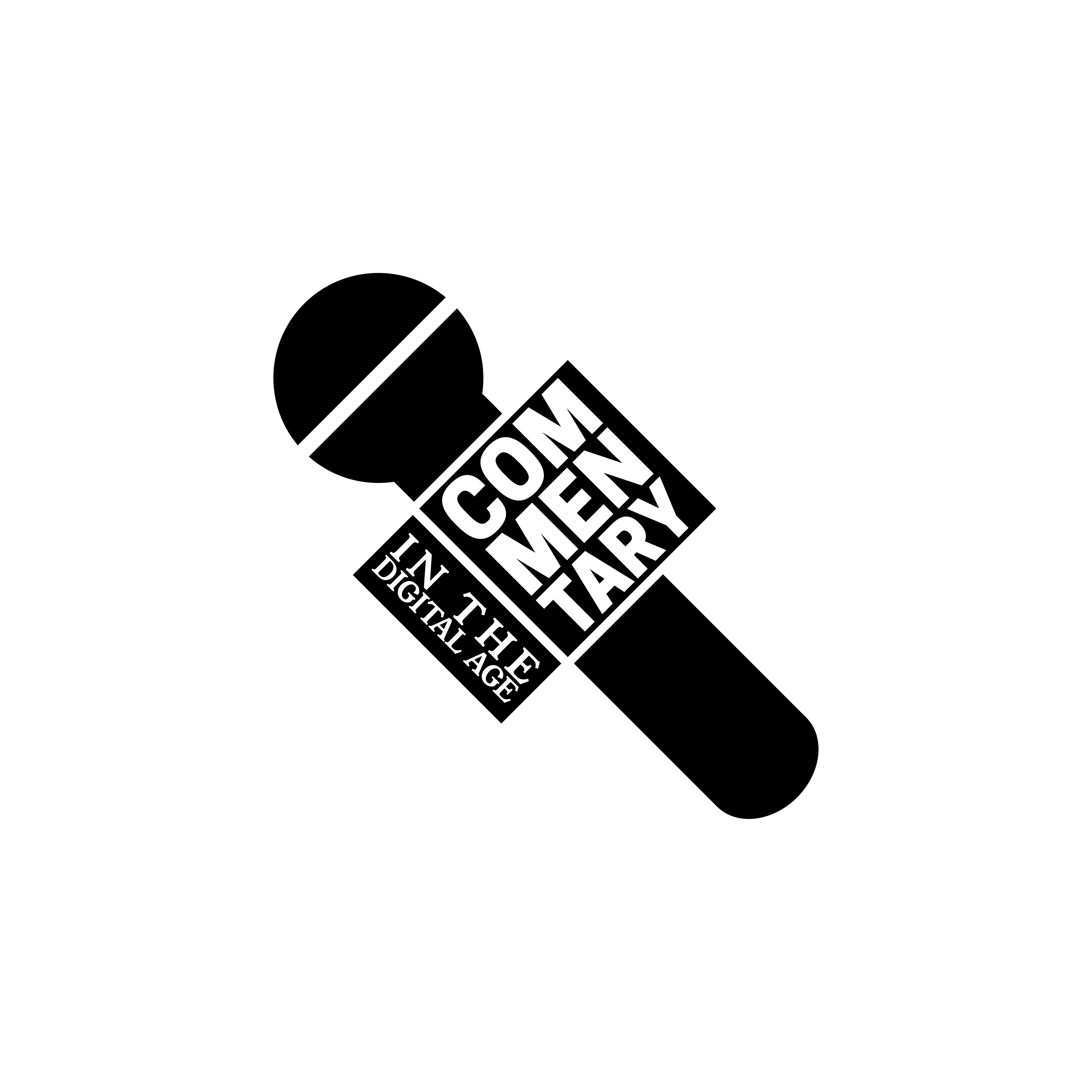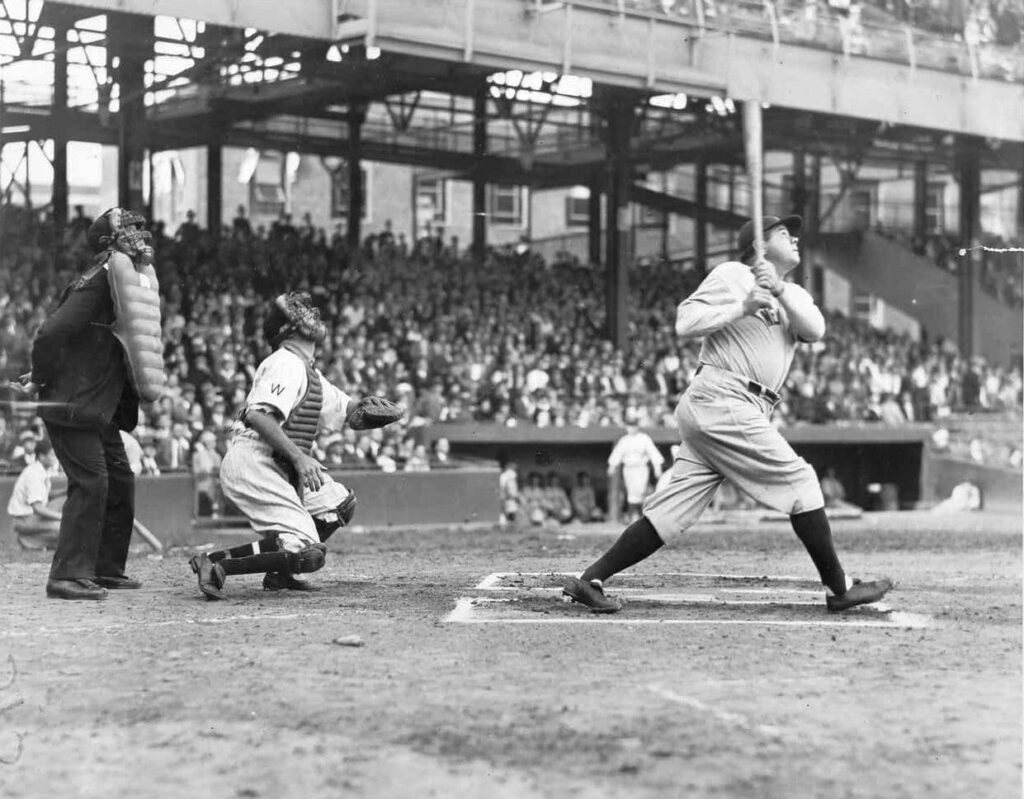As professional baseball continued its climb out of the darkness brought on by the Black Sox Scandal of 1919, Babe Ruth and the New York Yankees carried the torch. The Bambino’s towering home runs drew eyes back to the game and laid the foundation for one of the game’s great dynasties. While New York opened Yankee Stadium with a World Series banner in its inaugural 1923 season, they failed to return to the fall classic the following year and sat in second-to-last in the pennant race by midseason of 1925. Even the larger-than-life Ruth needed protection and power next to him in the lineup.
Wally Pipp had been a powerfully steady first baseman for the Yankees in the decade’s first half, playing regularly on the 1923 championship team, but never a true game changer. As legend has it, on June 2, 1925, he woke with a headache. Yankee manager Miller Huggins kept Pipp on the bench that afternoon and tabbed a 21-year-old Lou Gehrig into the lineup at first base. Pipp would say years later, “I took the two most expensive aspirin in history.”
Gehrig roped three hits that day, and for the next 2,130 games, the only first sacker New York fans knew was Larrupin’ Lou. Stepping to the plate for 14 uninterrupted years, Gehrig’s broad shoulders served as the backbone for Murderers Row, compiling a career batting average of.340 and crushing 493 home runs while leading the Yankees to six World Series titles. Only the monster of ALS that ate away at the graceful athlete’s physical abilities forced him onto the bench and into retirement at the age of 36.
Nearly a century to the day of baseball’s most famous headache, the first baseman’s reputation is light years from the days of Gehrig, Jimmie Foxx, and Hank Greenberg. The stereotypical premier power hitter of the team and often its most intimidating physical figure, the Willie McCoveys and Harmon Killebrews of the game towered over baseball for most of the 20th century. That is, until the uncontrolled steroid era of the 1990s allowed for the rest of the player pool to catch up. While legendary one-baggers such as Frank Thomas, Miguel Cabrera, and Albert Pujols managed to emerge from the dirty era clean, the thump from the rest of the playing field lowered the positional value as the measuring stick continued to climb.
Of Major League Baseball’s prestigious 500 home run club, 10 of its 28 members were primary first basemen during their careers, on par with outfielders as the most potent position group historically. The typical physical appearance of a first sacker, this hulking and overwhelming stature, does not make for the able bodies of any other position outside of pitcher and catcher. First basemen are characterized to be limited defensively because of their usual stature, forcing them to make up for their shortcomings on the field by hitting baseballs out of it.
No single position has produced more than 50 home run seasons in baseball than first base. However, only four have come since 2003, when outfielder Barry Bonds set the single-season record at 73 dingers. Last season, the top slugger at the three spot in the lineup card managed just 34 longballs. League leaders clubbed more than 50. The rest of the defensive alignment has caught up to the offensive prowess of the first baseman.
All while the best ones swung the bats at the highest level, the gloves of the right cornermen were more or less glossed over. Widely considered the most outstanding defensive first baseman of all time, New York Mets great Keith Hernandez isn’t enshrined in the National Baseball Hall of Fame despite his astounding number of 11 Gold Glove awards. Neither is Yankees folk hero Don Mattingly or the sure hands of San Francisco’s J.T. Snow, who had nine and six top fielder recognitions each. Ironically, at the position most often involved with balls in play, defense has not mattered much at first base.
As the position’s offense has regressed to the mean, and its defense remained relatively ineffective, the chiseled Greek Gods that Gehrig and Foxx resembled have also become a thing of the past. Hence, as payrolls skyrocket to unprecedented heights league wide, front offices are less willing to spend big dollars on decreasing value. The historic slump of Baltimore’s Chris Davis, who went from a 50-home run hitter to an utter liability within two years of a nine-figure payday, magnified the issue into the downtrodden first baseman’s market we see today.
Heralded home run hitters today, such as Christian Walker and Pete Alonso, both had prolonged stays in the free agency pool this winter, ending up with less average annual value in their eventual deals than Albert Pujols’s numbers from his twilight days in Anaheim 10 years ago. Such a trend is perhaps a dangerous omen for Toronto phenom Vladimir Guerrero Jr., who has already hit significant snafus in contract extension talks and could be in for a similar episode after this season.
First basemen were once the stable of consistency in baseball, trotting out to the right side of the infield 162 times a year to blast 35-plus home runs, pace his team in RBIs, and stand as its most feared bat among the lineup. Today, collective defense is pedestrian at best; outfielders commonly outdo slugging numbers, while the athleticism barometer hasn’t moved. Even the luckiest man on the face of the Earth would admit his old stomping ground has been given a bad break.


